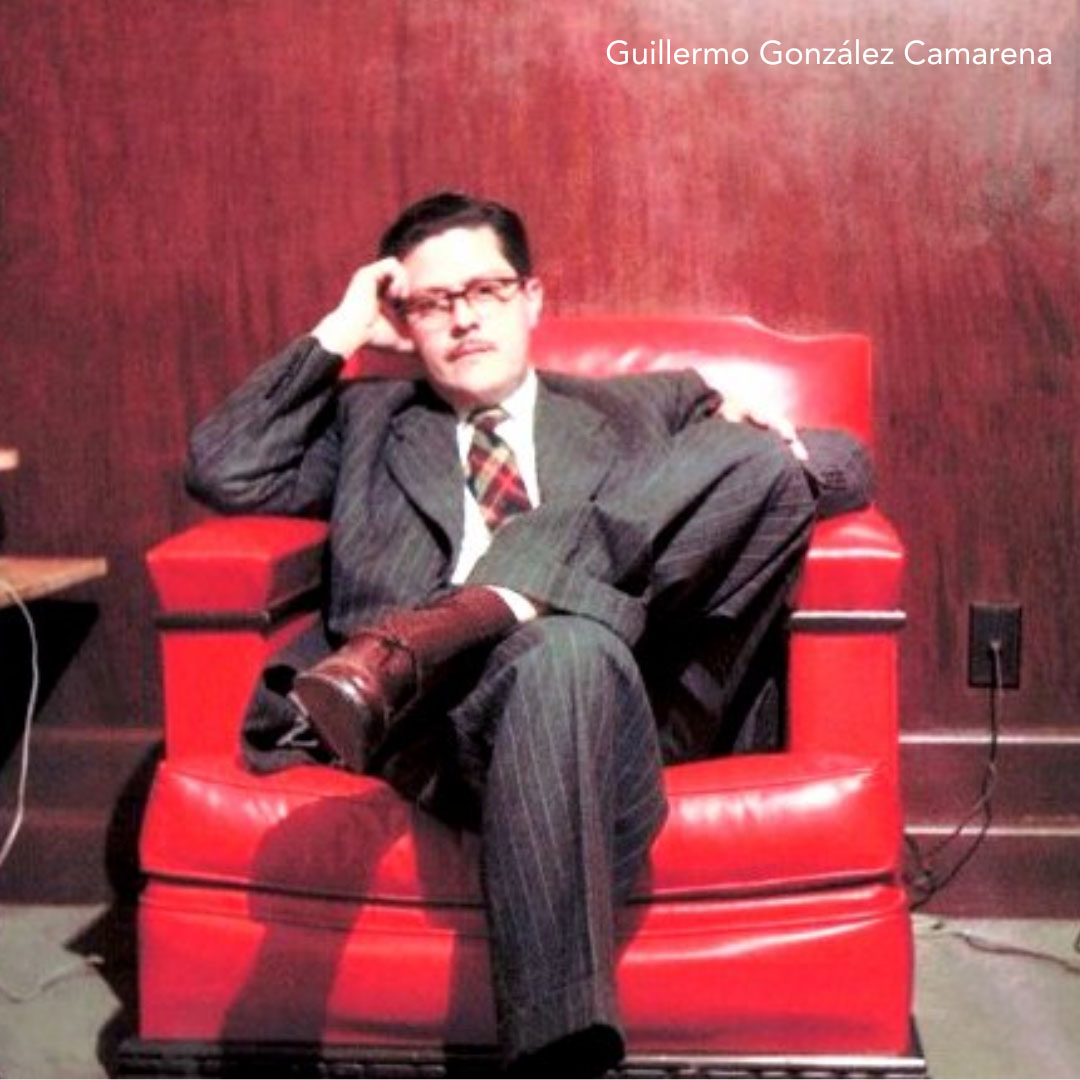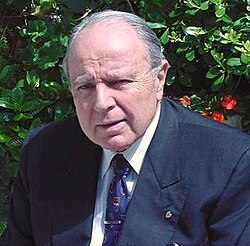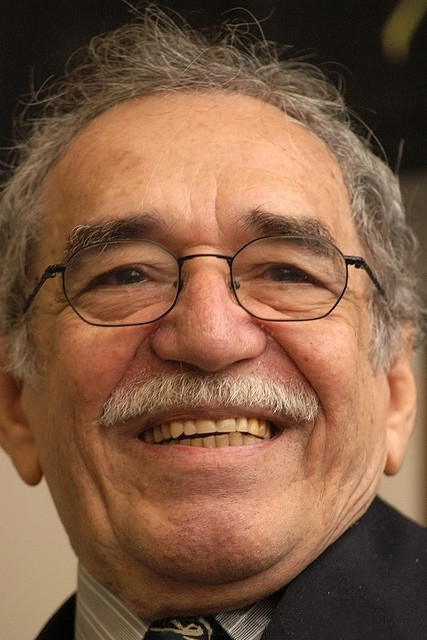Collective Heritage: Honoring the Past, Inspiring the Future

Mexico might not be the first place you think about when it comes to technological innovations, but here’s the story of a man who tried to make his country the first to have color television. Guillermo González Camarena was born in Guadalajara, Mexico, in 1917.
Camarena began experimenting with mechanical television as early as the 1930s, focusing on improving the Nipkow scanning disc. By the 1940s, he tested RCA’s 1847 iconoscope camera for black-and-white television. In 1942, he patented a color system using three lenses—red, green, and blue. This innovation drew interest from American investors and universities, but he declined their offers out of patriotism. He was determined to bring the first color television system to Mexico. Unfortunately, he was beaten by John Logie Baird, who demonstrated the first electronic colored television in 1944. In 1947, Camarena finally received permission from the Mexican Secretary of Communications and Public Works to launch a new TV channel that would broadcast in color.
One of the advantages of Camarena’s system was that black-and-white TVs would only need a slight adjustment to access his color system, making it as affordable as possible for the Mexican audience. With all the equipment he designed, he could start experimenting with color television. His channel XE1GC used the initials of his last name, GC.
Source: Mexico’s Color TV Pioneer: The Legacy of Guillermo González Camarena
Inventions
💡 Did you know that Hispanic innovators have shaped the way we live today?
From the color television (Guillermo González Camarena, Mexico) to the first artificial heart (Dr. Domingo Liotta, Argentina), their contributions continue to inspire creativity and progress worldwide.
👉 This month, let’s honor the brilliance that drives innovation forward.

Dr. Domingo Santo Liotta (1924–2022) was a pioneering Argentine cardiac surgeon best known for developing the first total artificial heart, a landmark achievement in medical history.
Born: November 29, 1924, in Diamante, Entre Ríos, Argentina
Major Contributions: Developed a technique for early diagnosis of pancreatic tumors (1955) Created an early artificial heart prototype in 1958 Directed the Artificial Heart Program at Baylor College of Medicine (1961) Co-developed the Left Ventricular Assist Device (LVAD), first used in a patient in 1963
In 1969, his Total Artificial Heart was implanted in a patient at the Texas Heart Institute, marking the first time human life was sustained with a mechanical heart
Legacy: Held 12 patents across the U.S., Argentina, and France. Authored hundreds of scientific publications and books. Served as Secretary of Public Health in Argentina (1973), signing international health agreements with China and Israel. Later became Dean and Vice-Chancellor at the University of Morón in Argentina
Liotta’s work laid the foundation for modern mechanical circulatory support systems and continues to influence cardiac surgery and biomedical engineering today.
#HispanicHeritageMonth #Innovation
Social Justice
Leaders like César Chávez and Dolores Huerta fought tirelessly for farmworkers’ rights, ensuring dignity and fairness for laborers across the nation. 🌱
Their legacy reminds us that equity, justice, and advocacy remain central to building stronger communities.
.tif_.jpg)
.jpg)
César Estrada Chávez was born on March 31, 1927, in Yuma, Arizona, and became one of the most influential labor leaders and civil rights activists in American history. Raised in a family of Mexican-American migrant farmworkers, Chávez experienced firsthand the harsh conditions of agricultural labor. After serving in the U.S. Navy during World War II, he dedicated his life to improving the lives of farmworkers through nonviolent activism.
In 1962, he co-founded the National Farm Workers Association, which later became the United Farm Workers (UFW). Chávez led major campaigns like the Delano grape strike and national boycotts, using peaceful protest methods inspired by Gandhi and Martin Luther King Jr. His efforts helped secure better wages, working conditions, and legal protections for thousands of farmworkers, including the landmark California Agricultural Labor Relations Act of 1975.
Chávez’s legacy includes the slogan “Sí, se puede” (“Yes, we can”), which became a symbol of empowerment for social justice movements. He passed away on April 23, 1993, and was posthumously awarded the Presidential Medal of Freedom in 1994. His birthday is celebrated in several U.S. states as César Chávez Day, honoring his lifelong commitment to dignity, justice, and equality for workers.
Dolores Clara Fernández Huerta, born on April 10, 1930, in Dawson, New Mexico, is a renowned American labor leader, civil rights activist, and feminist. After her parents divorced, she moved with her mother and siblings to Stockton, California, where she witnessed the struggles of farmworkers and the racial discrimination faced by Mexican Americans. These early experiences shaped her lifelong commitment to social justice.
Huerta began her career as a teacher but quickly realized she could make a greater impact by organizing for labor rights. In the 1950s, she joined the Community Service Organization (CSO), where she met César Chávez. Together, they co-founded the National Farm Workers Association in 1962, which later became the United Farm Workers (UFW). Huerta played a key role in organizing the Delano grape strike and nationwide boycotts, helping secure better wages and working conditions for farmworkers. She is credited with coining the phrase “Sí, se puede” (“Yes, we can”), which became a powerful slogan for labor and civil rights movements.
Throughout her career, Huerta has been a fierce advocate for women’s rights, immigrant rights, and LGBTQ+ equality. In 2002, she founded the Dolores Huerta Foundation to continue her work in community organizing and civic engagement. She has received numerous honors, including the Presidential Medal of Freedom in 2012, and her legacy continues to inspire generations of activists.
#HispanicHeritageMonth #SocialJustice #EquityForAll
Cultural Impact
From music to literature, the Hispanic community has enriched the world with creativity and passion.
🎨 Gabriel García Márquez’s magical realism,
🎶 Selena Quintanilla’s music,
⚽ Lionel Messi’s athletic brilliance—each story reminds us of the global reach of Hispanic influence.
Let’s celebrate the voices and talents that inspire across generations!



Gabriel García Márquez, born on March 6, 1927, in Aracataca, Colombia, was a Nobel Prize-winning novelist, journalist, and one of the most influential literary figures of the 20th century. Known affectionately as "Gabo," he pioneered the genre of magical realism, blending fantastical elements with everyday life to explore Latin America's complex social and political realities.
Raised by his maternal grandparents, García Márquez was deeply influenced by their storytelling—his grandfather's tales of war and politics and his grandmother's supernatural folklore shaped the imaginative style that would define his work.
His breakthrough came in 1967 with One Hundred Years of Solitude, a multi-generational saga set in the fictional town of Macondo. The novel became a global sensation and a cornerstone of the Latin American Boom, a literary movement that brought regional writers to international prominence. García Márquez followed with other acclaimed works such as Love in the Time of Cholera, Chronicle of a Death Foretold, and The Autumn of the Patriarch. In 1982, he was awarded the Nobel Prize in Literature for his rich and imaginative storytelling that reflected the life and conflicts of Latin America.
Selena Quintanilla-Pérez, born on April 16, 1971, in Lake Jackson, Texas, was a groundbreaking American singer, songwriter, and fashion icon known as the "Queen of Tejano Music." Raised in a musical family, she began performing at a young age with her siblings in the band Selena y Los Dinos. Her father, Abraham Quintanilla Jr., recognized her talent early and helped guide her career, even as she learned Spanish phonetically to sing Tejano music—a genre traditionally dominated by male performers.
Selena rose to fame in the late 1980s and early 1990s with hit albums like Entre a Mi Mundo, Amor Prohibido, and Selena Live!, the latter earning her a Grammy Award in 1994 for Best Mexican-American Album. Her vibrant stage presence, powerful voice, and unique blend of traditional Mexican music with pop and R&B influences captivated audiences across the U.S. and Latin America. She was also a fashion entrepreneur, launching a clothing line and opening boutiques in Texas.
In 1992, she married Chris Pérez, the guitarist for her band. Tragically, her life was cut short on March 31, 1995, when she was murdered by Yolanda Saldívar, the president of her fan club and former manager of her boutiques. Selena was only 23 years old. Her posthumous English-language album Dreaming of You debuted at number one on the Billboard 200, making her the first Latina artist to achieve that milestone. Selena’s legacy continues to inspire generations of artists and fans.
Lionel Andrés Messi, born on June 24, 1987, in Rosario, Argentina, is widely regarded as one of the greatest footballers of all time. Known for his extraordinary dribbling, vision, and goal-scoring ability, Messi has won a record eight Ballon d'Or awards and is the most decorated player in football history with 45 team trophies.
Messi began playing football at a young age and joined Newell’s Old Boys. Diagnosed with a growth hormone deficiency at age 11, his family moved to Spain when FC Barcelona offered to cover his medical treatment. He joined their youth academy, La Masia, and made his first-team debut at age 16. Over 17 seasons with Barcelona, Messi scored 672 goals, won 10 La Liga titles, 4 UEFA Champions League titles, and became the club’s all-time top scorer.
In 2021, Messi signed with Paris Saint-Germain (PSG), winning two Ligue 1 titles. In 2023, he joined Inter Miami CF in Major League Soccer, where he continues to play and captains both his club and the Argentina national team. Internationally, Messi led Argentina to victory in the 2021 Copa América, the 2022 FIFA World Cup, and the 2024 Copa América, becoming the country’s all-time leading scorer. He was awarded the Golden Ball as the best player in both the 2014 and 2022 World Cups.
#HispanicHeritageMonth #GlobalImpact
Community & Legacy
Hispanic communities have long championed family, resilience, and collective progress. 💪
Whether through grassroots organizing, entrepreneurship, or education, their impact strengthens our neighborhoods and our future.
This month, we celebrate the legacy of unity and the leaders shaping tomorrow.
#HispanicHeritageMonth #StrongerTogether
RESOURCES

